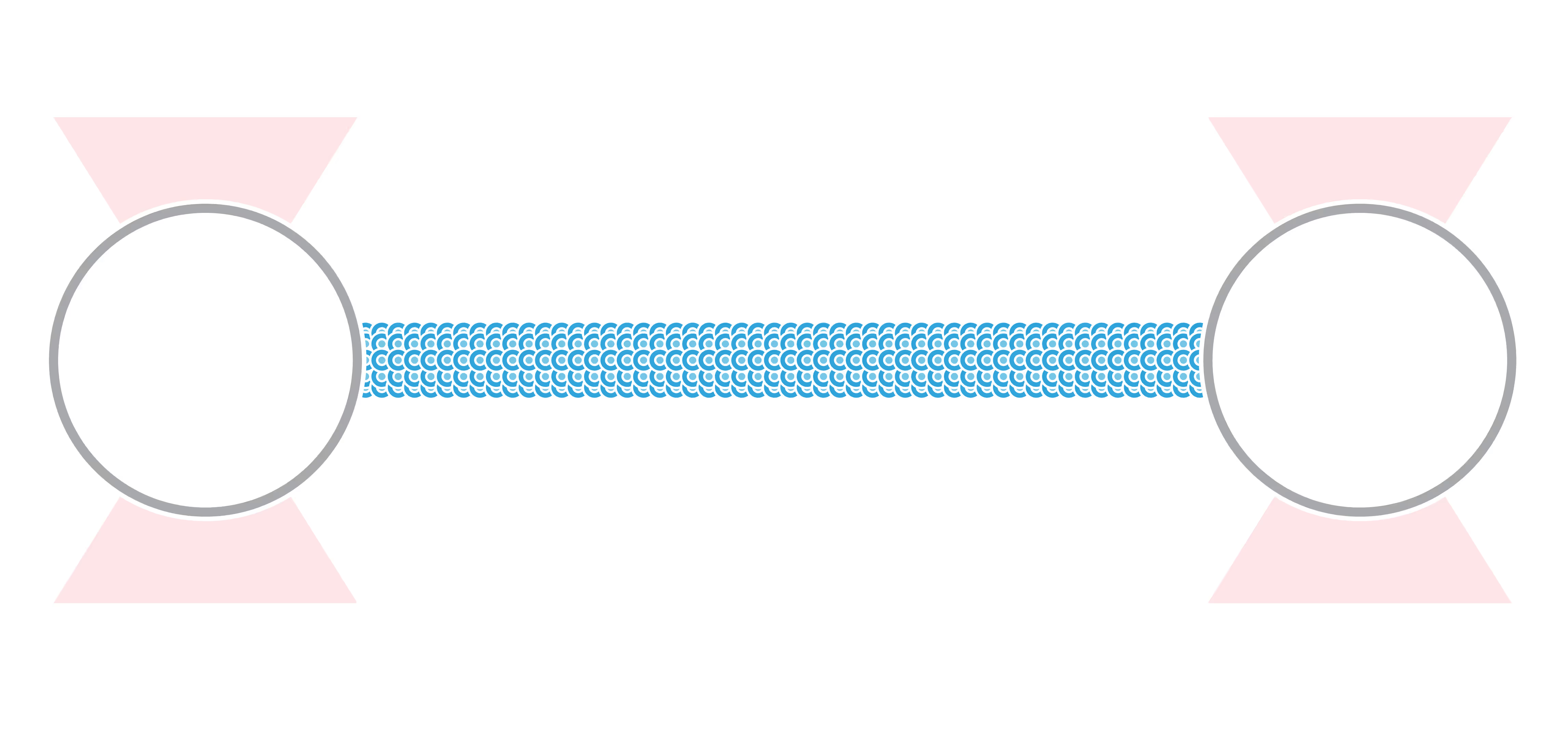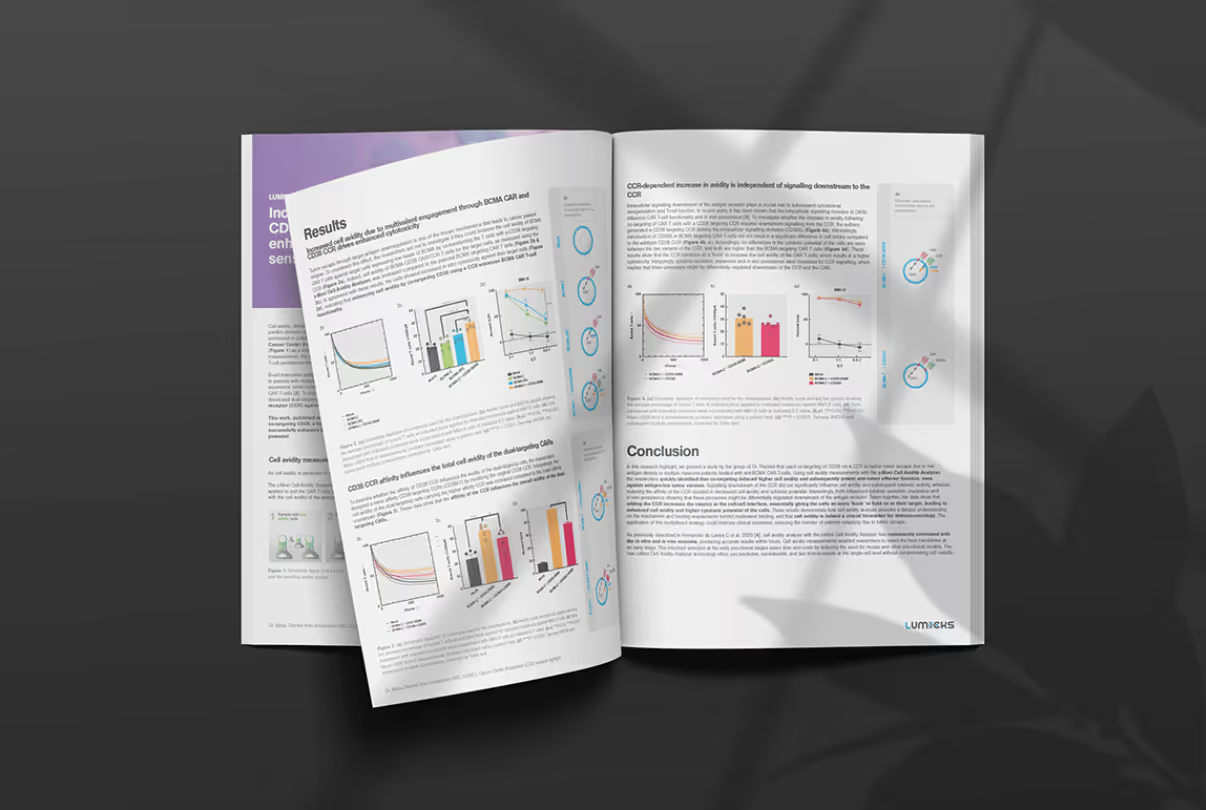A recently published study from the lab of Prof. Sarah Köster at the University of Göttingen investigated how electrostatic conditions influence the mechanical properties of intermediate filament vimentin, such as structural stability. The researchers assessed these features by stretching the protein in different buffer conditions, using the C-Trap® with correlated optical tweezers and confocal microscopy.
The findings suggest that the immediate environment of a cell can affect the local rigidity and stability of intermediate filaments.
Schepers et al. compared charge-dependent effects on a single vimentin filament by stretching it with the C-Trap’s optical tweezers at different buffer conditions. Through force–extension analyses, they could then validate how different electrostatic environments affected the three regimes of vimentin, namely initial linear increase, the plateau, and final stiffening.
By manipulating salt concentrations and pH of the buffers, they found that high cationic concentrations and low pH independently contribute to vimentin stiffening. When they next compared the effects of cations and pH on the regimes, they found that pH changes induced the most substantial effect on vimentin stiffening. Of note, the investigators confirmed that the stiffening resulted from interactions between filaments and not from changes to single filaments.
The use of optical tweezers enabled the researchers to establish the previously unexplored effects of the electrostatic environment on intermediate filaments, such as vimentin. The results may be a first step to understand the role of the cellular environment on intermediate filaments, for example, upon pH changes during wound healing.
“Both effects, salt and pH, may allow cells to locally tune their stiffness without having to rebuild the entire cytoskeleton and thereby adapt their mechanics to varying requirements,” the authors noted.
Congratulations to Anna Schepers and Prof. Sarah Köster at the University of Göttingen, and all the authors involved in this study!
For more information, read the full article published in the journal Nanoscale titled “Tuning intermediate filament mechanics by variation of pH and ion charges”.
Are you interested in using dynamic single-molecule tools like the C-Trap® for your research? Feel free to contact us for more information, a demo, or a quote.









